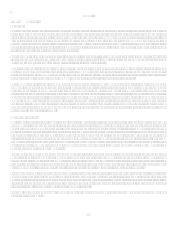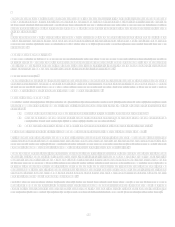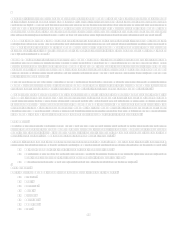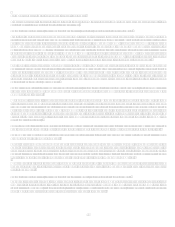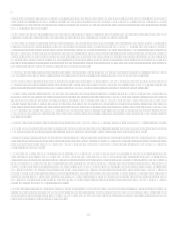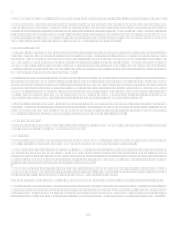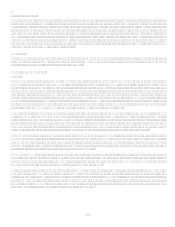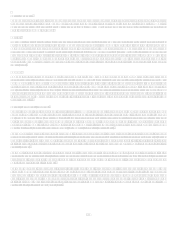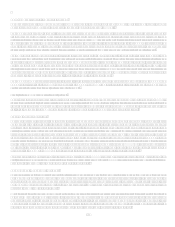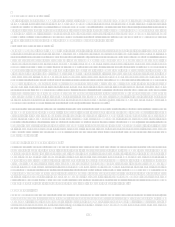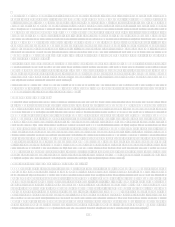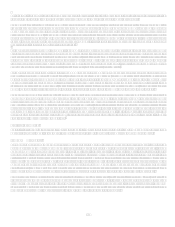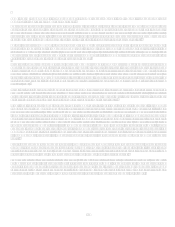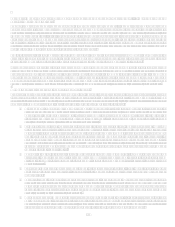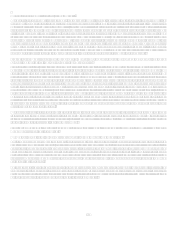Capital One 2008 Annual Report Download - page 31
Download and view the complete annual report
Please find page 31 of the 2008 Capital One annual report below. You can navigate through the pages in the report by either clicking on the pages listed below, or by using the keyword search tool below to find specific information within the annual report. 13
Capital Adequacy
The Banks are subject to capital adequacy guidelines adopted by federal banking regulators. For a further discussion of the capital
adequacy guidelines, see Item 7 Managements Discussion and Analysis of Financial Condition and Results of OperationsCapital
Adequacy and Item 8, Financial Statements and Supplementary DataNote 21. The Banks were well capitalized under these
guidelines as of December 31, 2008.
Basel II
Implementation of the international accord on revised risk-based capital rules known as Basel II continues to progress in the
U.S. Federal banking regulators finalized the Advanced version of Basel II in December 2007 and they issued a Notice of Proposed
Rulemaking for the Standardized version in June 2008. Neither version is mandatory for the Company, but the Advanced version
could become so due to growth in reported assets. Alternatively, the Company might elect to comply with either the Advanced or
Standardized versions of Basel II in the future. Application of the new capital rules could require us to increase the minimum level of
capital that we hold. Compliance might also require a material investment of resources. We will continue to closely monitor
regulators implementation of the new rules with respect to the large institutions that are subject to it and assess the likely eventual
impact to us.
FDICIA
Among other things, the Federal Deposit Insurance Corporation Improvement Act of 1991 (FDICIA) requires federal bank
regulatory authorities to take prompt corrective action (PCA) with respect to insured depository institutions that do not meet
minimum capital requirements. FDICIA establishes five capital ratio levels: well-capitalized, adequately-capitalized, undercapitalized,
significantly undercapitalized and critically undercapitalized. As of December 31, 2008, each of the Banks met the requirements for a
well-capitalized institution. The well-capitalized classification is determined solely for the purposes of applying FDICIAs PCA
provisions, as discussed below, and should not be viewed as describing the condition or future prospects of a depository institution,
including the Banks. Were any of the Banks to lose their status as well-capitalized they could be required to increase capital or lose
access to deposits.
Deposits and Deposit Insurance
Each of the Banks, as an insured depository institution, is a member of the Deposit Insurance Fund (DIF) maintained by the FDIC.
Through the DIF, the FDIC insures the deposits of insured depository institutions up to prescribed limits for each depositor. The DIF
was formed March 31, 2006, upon the merger of the Bank Insurance Fund and the Savings Association Insurance Fund in accordance
with the Federal Deposit Insurance Reform Act of 2005 (the Reform Act). The Reform Act permits the FDIC to set a Designated
Reserve Ratio (DRR) for the DIF. To maintain the DIF, member institutions may be assessed an insurance premium and the FDIC
may take action to increase insurance premiums if the DRR falls below its required level.
The FDIC has issued rules increasing the assessment rates banks pay for deposit insurance in order to restore the deposit insurance
fund. The final rules uniformly raised rates for the first quarter of 2009 by 7 basis points (7 cents for every $100 of deposits), on an
annual basis, for all banks. The FDIC also issued proposed rules where future rates would be based on an institutions risk, with riskier
institutions bearing a greater share of the proposed increase. Final rules on the risk-based premium assessment are expected in the first
quarter of 2009.
The FDIC is also authorized to terminate a banks deposit insurance upon a finding by the FDIC that the banks financial condition is
unsafe or unsound or that the institution has engaged in unsafe or unsound practices or has violated any applicable rule, regulation,
order or condition enacted or imposed by the banks regulatory agency. The termination of deposit insurance for a Bank could have a
material adverse effect on its earnings.
The Banks may accept brokered deposits as part of their funding. Under the Federal Deposit Insurance Corporation Improvement Act
of 1991 (FDICIA), as discussed in Section X. Capital, only well-capitalized and adequately-capitalized institutions may accept
brokered deposits. Adequately-capitalized institutions, however, must first obtain a waiver from the FDIC before accepting brokered
deposits, and such deposits may not pay rates that significantly exceed the rates paid on deposits of similar maturity from the
institutions normal market area or the national rate on deposits of comparable maturity, as determined by the FDIC, for deposits from
outside the institutions normal market area.


